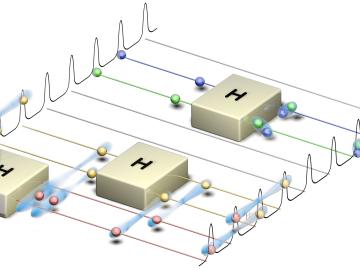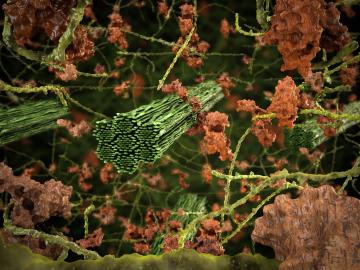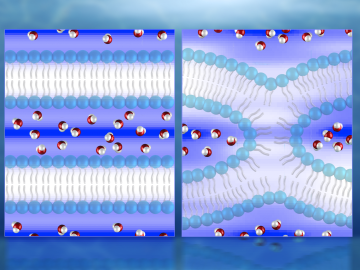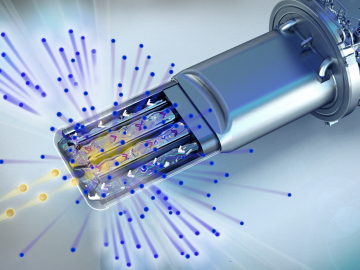Filter News
Area of Research
- (-) Neutron Science (13)
- (-) Supercomputing (17)
- Advanced Manufacturing (4)
- Biological Systems (4)
- Biology and Environment (1)
- Building Technologies (2)
- Chemistry and Physics at Interfaces (3)
- Clean Energy (36)
- Climate and Environmental Systems (1)
- Computational Biology (1)
- Energy Frontier Research Centers (5)
- Fuel Cycle Science and Technology (1)
- Functional Materials for Energy (3)
- Geographic Information Science and Technology (1)
- Isotope Development and Production (1)
- Materials (44)
- Materials Synthesis from Atoms to Systems (2)
- Materials Under Extremes (3)
- Nuclear Science and Technology (9)
- Nuclear Systems Modeling, Simulation and Validation (1)
- Quantum Condensed Matter (1)
- Reactor Technology (1)
- Sensors and Controls (1)
- Transportation Systems (2)
News Type
Media Contacts

A team of scientists has for the first time measured the elusive weak interaction between protons and neutrons in the nucleus of an atom. They had chosen the simplest nucleus consisting of one neutron and one proton for the study.

Scientists at the Department of Energy’s Oak Ridge National Laboratory have created a recipe for a renewable 3D printing feedstock that could spur a profitable new use for an intractable biorefinery byproduct: lignin.


The Spallation Neutron Source at the Department of Energy’s Oak Ridge National Laboratory has broken a new record by ending its first neutron production cycle in fiscal year 2019 at its design power level of 1.4 megawatts.

Seven researchers from the Department of Energy’s Oak Ridge National Laboratory have been chosen by the Innovative and Novel Computational Impact on Theory and Experiment, also known as INCITE, program to lead scientific investigations that require the nation’s mo...




The US Department of Energy’s Oak Ridge National Laboratory is once again officially home to the fastest supercomputer in the world, according to the TOP500 List, a semiannual ranking of the world’s fastest computing systems.





